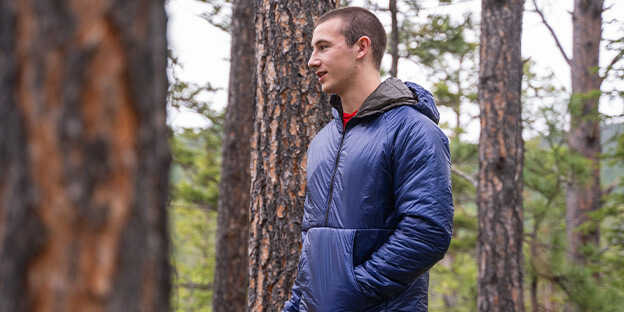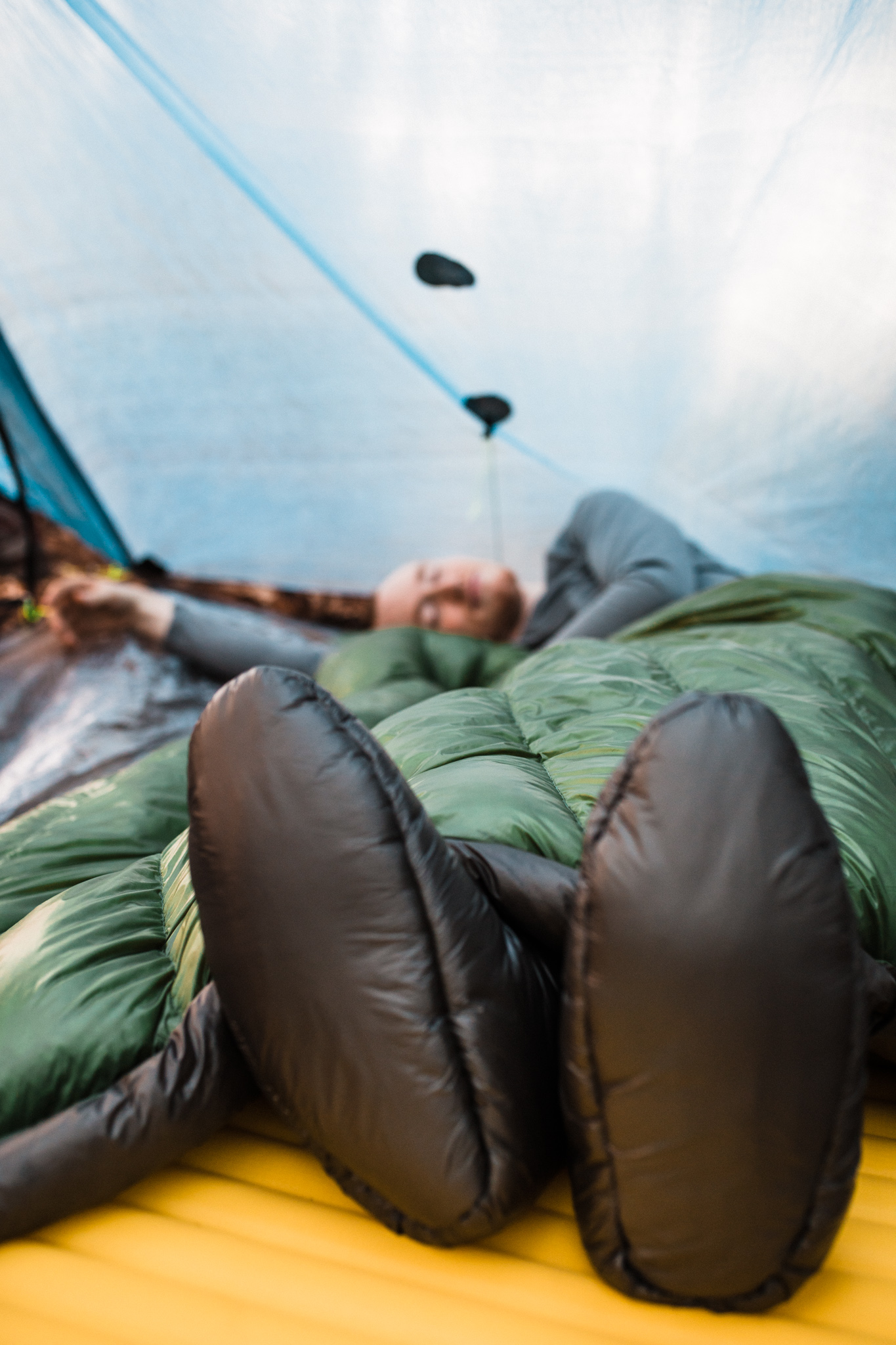Apparel Layering for Backpacking
Introduction
Backpacking involves a wide variety of weather conditions and can sometimes shift rapidly between states. It’s important to have a layered clothing system for backpacking that keeps you comfortable and safe outdoors. Here’s an article introduction on the different pieces of a layering system for backpacking.
What is a Base Layer?
A base layer is a next-to-skin layer that helps regulate temperature and wick sweat. It can also serve as sun protection in exposed regions. Base layers are worn while hiking, so the thinner materials are better to minimize sweating and maximize wicking. The style of the base layer is largely personal preference. Some prefer button-downs or quarter zips for ventilation. The author prefers sun hoodies for full head coverage while wearing a hat.
What is a Mid Layer/Wind Layer?
An active layer is meant to be worn while hiking in colder weather on top of a base layer. This may include a fleece, windshirt, active insulation, or even a synthetic puffy in cold weather. Breathability is key to avoid trapping sweat during activity and requiring lots of layering changes, so thinner is better here. There are also a variety of choices, between a pullover, quarter zip, or full zip jacket, largely depending on the level of activity and personal preference.

What is a Puffy Jacket?
An insulated jacket or “puffy” is a large, warm jacket meant to trap air. Puffies are best used in camp, during breaks, rest stops, or in extreme cold. They are generally classified by insulation weight and baffling and use down or synthetic insulation.
What Rain Gear is best for me?
Rain protection is fairly simple as an idea, but can take many forms. Rain jackets, ponchos, parkas, and umbrellas to name a few. Rain jackets allow the most ease of activity but can be less breathable during activity. Ponchos are breathable and also cover backpacks but can catch on brush. Umbrellas are breathable and multi-use but can struggle in windy conditions. We carry and recommend the Visp as an ideal balance between weight, features, and breathability.

Should I have Head wear on trail?
Most hikers wear some form of headwear as either sun protection or insulation.
Sun Protection
A hat is a key piece of a backpacking layering system. There are no shortage of different options, ranging from a visor or packable cap (less coverage) all the way to a full sun hat or cowboy hat (more coverage but heavier.) A hat helps block sun on the head and neck area, and keep the wearer cool. Some wearers prefer a full coverage hat to protect the neck and ears from sun, while others may prefer a sun hoody for this purpose.
Warmth
A beanie or knit hat is another crucial piece of a layering system. We recommend a wool or fleece hat for head insulation. Many others use hooded jackets to supplement this warmth. For particularly cold sleepers, we recommend checking out our Torrid Hoods or hats.
How do i know whxih gear Fits me?
Generally, items in this article are meant to be sized listed in size from smallest to largest. This means in a worst-case scenario, all layers can fit underneath rain gear to keep you warm and dry. This also means in dry cold, the puffy can be worn atop the wind layer to provide maximum warmth.




